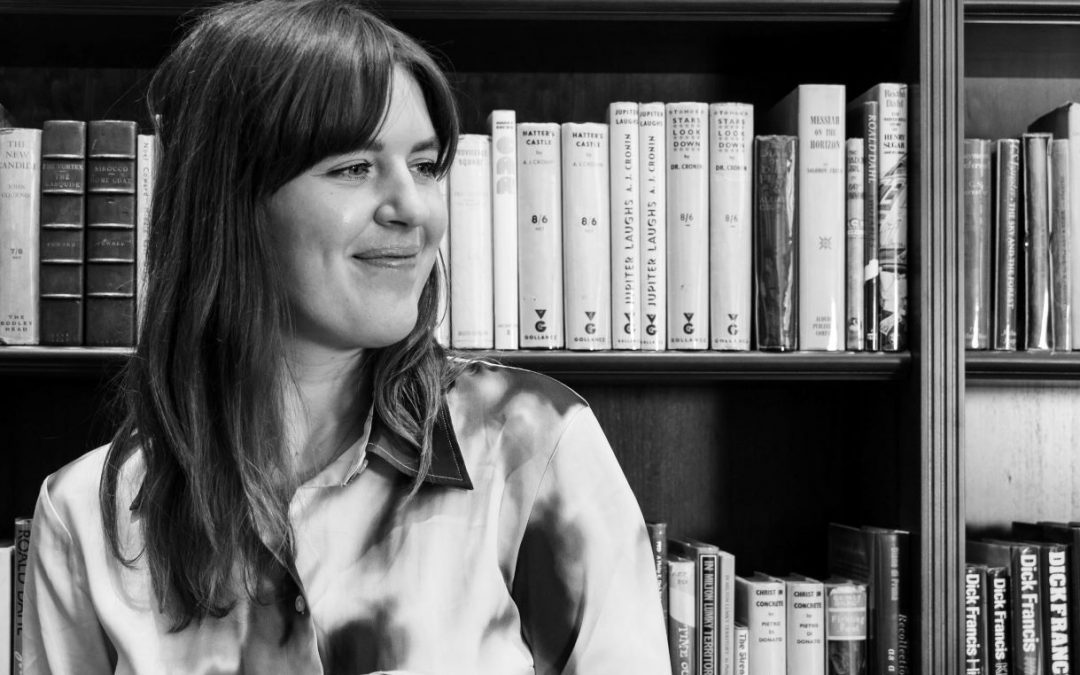
Cecilie Gasseholm
During her time as a bookseller with us, Cecilie has worked closely with materials relating to travel and exploration, particularly polar exploration and women travellers. In this interview, she discusses her journey into the rare book trade, a book from our shelves she’d most like to own, and her most exciting moment at Peter Harrington.
What was your journey into the rare book trade?
Like most people in the book trade, it was not a career I had originally envisioned for myself. Admittedly, my first job was at a library, so I probably should have seen it coming. During my university degree, I worked at a museum for modern Danish art, volunteered as a teacher, and worked in different galleries. At the end of my master’s degree, it became possible to do an internship abroad. I have always had a travel bug, so I immediately jumped at the chance and sent out over 100 CVs to galleries and auction houses around the world. A book auction house in San Francisco decided to take me on, and it opened my eyes to the rare book trade. I was studying Art History at the time and had envisioned myself as a curator at a museum. Nevertheless, I quickly realised that working with antiquarian books combines my love for history and visual material. I haven’t looked back since.
Your specialism is Travel & Exploration. What intrigues you most about the subject?
A multitude of things drew me to the subject area. I have a special affinity for Victorian women travellers such as Isabella Bird, Gertrude Bell, and Amelia Edwards. I admire that they defied the conventions of the time and boldly went on the most remarkable journeys. Polar exploration is another passion of mine. I find the (mad) urge to conquer the unknown endlessly fascinating. I might never reach the South Pole in a Burberry outfit like Robert Falcon Scott, but his indomitable spirit is something I admire.
I grew up in a small Danish town with less than 2,000 inhabitants. My family made the move to Qaqortoq in Greenland when I was nine. There, I learned the language, met people different from myself, and fell in love with the seemingly infinite nature. This unleashed my love of new experiences, and I have since lived in five countries and visited about forty. Today, I cannot imagine working with anything that interests me more or suits me better than Travel & Exploration.
You have worked at Peter Harrington for just under a year. What has your most exciting moment been?
When I first started, I had the pleasure of cataloguing a copy of Fridtjof Nansen’s “Farthest North”. This set was remarkable because it had been twice inscribed by Nansen to his lover Brenda Ueland. Interestingly, Nansen also inscribed it with passages from Alfred Lord Tennyson’s Ulysses, Robert Browning’s Epilogue, and Ralph Waldo Emerson’s Self-Reliance. I also found some pencil markings in the text noteworthy. They highlighted poetic sections, suggesting that Brenda read the books closely. One passage particularly stood out to me: “It is the same thirst for achievement, the same craving to get beyond the limits of the known which inspired people in the Saga times, that is stirring in them again to-day”. This set gave a remarkable insight into the mind and life of Nansen. For me, he is one of the greatest polar explorers, crossing the Greenland interior and reaching a record northern latitude while also being a celebrated humanitarian. I even named my cat after him. Although, my little Nansen is less adventurous and enjoys a quiet evening at home instead of traversing icy planes.
If you could have any book in Peter Harrington’s collection for yourself, what would it be?
One set of books combines my interests in anthropology, polar exploration, and photography. It’s the Report of the Fifth Thule Expedition 1921-24 by Knud Rasmussen. The fifth expedition is the best-known and most significant of the seven undertaken by Rasmussen between 1912 and 1933. It documents Inuit culture across Canada as far as Siberia, demonstrating a commonality in traditions and worldviews among indigenous peoples across the Arctic. What makes it even more special is the fact that it comes from a Danish library. Rasmussen, although not a household name in most countries, is a significant one in Denmark and Greenland. He was inherently restless and describes an insatiable yearning for travelling in his diary: “Jeg er født med en Drift, der ikke under mig Ro i Hvilen; jeg maa leve paa rejsen” (“I was born with a drive that does not grant me rest; I must live on the journey”). I recognise his intrinsic drive to travel in myself, and that is, without being too sentimental, the main reason why Rasmussen and his books are so special to me.
Do you have any advice for anyone looking to enter the trade?
In my opinion, patience and persistence are the most important things to keep in mind. Attending book fairs and introducing yourself is a useful way of getting into the world of rare books. Visiting bookshops is similarly valuable. I personally found it helpful to attend courses where you can meet like-minded people. I recommend the London Rare Books School, which runs a series of short courses on book-related subjects. It is a relatively small trade, so it might take some time before a suitable role comes up. It could even be necessary to move countries for the right one.
What are you most looking forward to working on next?
I’m looking forward to unearthing some great polar treasures.
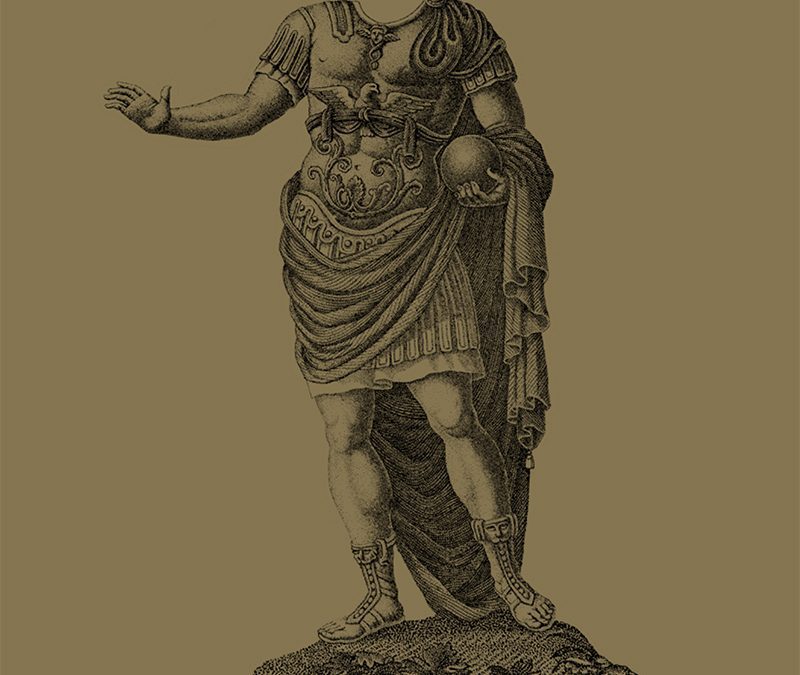
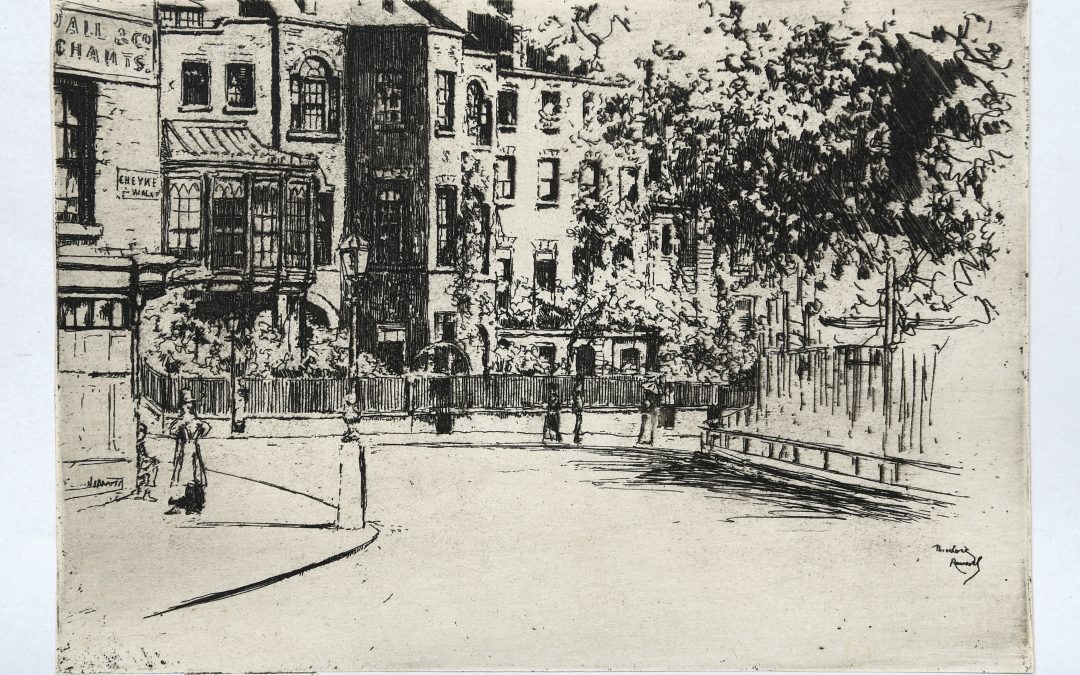
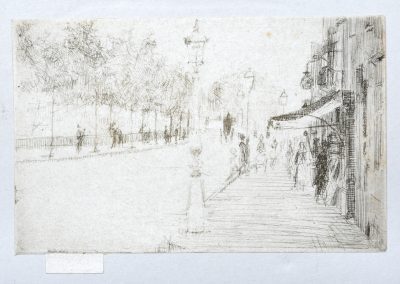
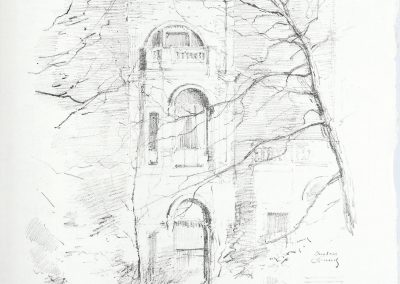
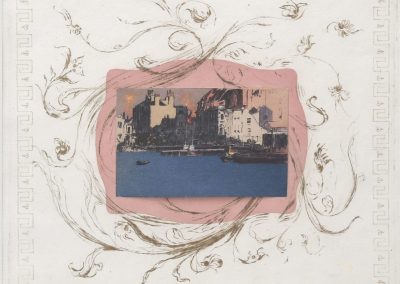
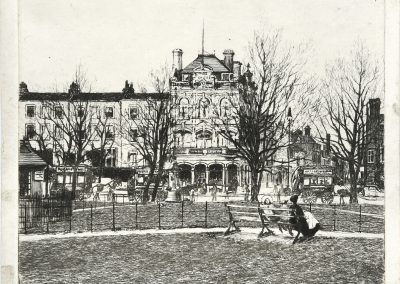
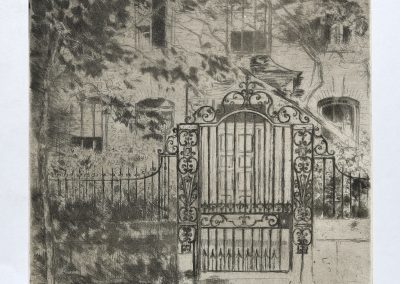
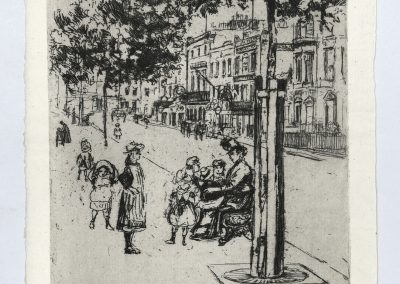
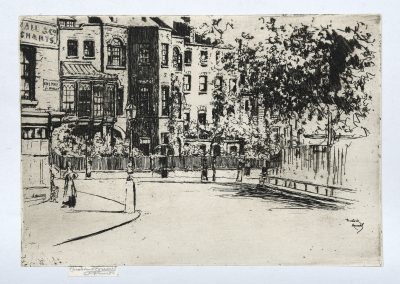
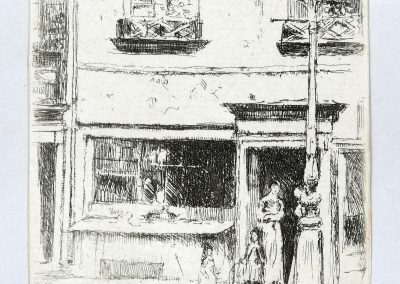
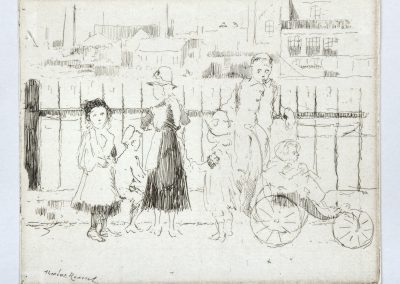

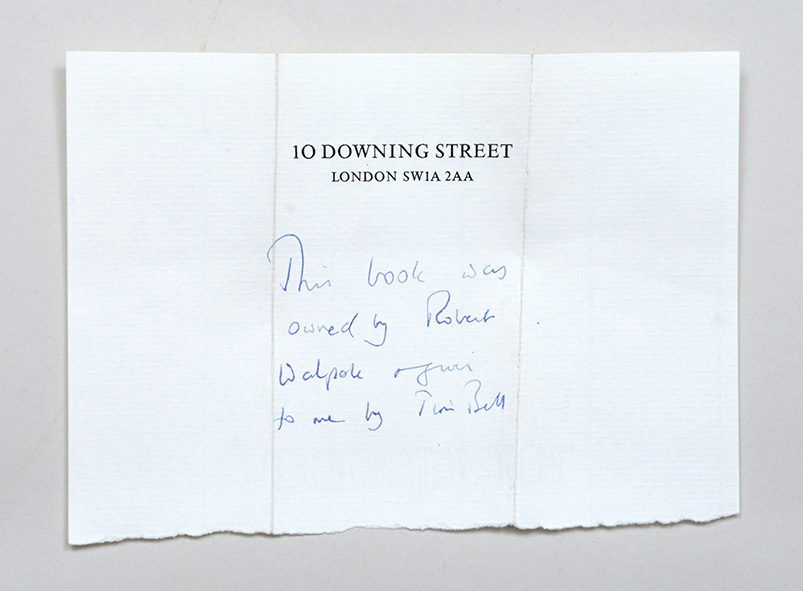

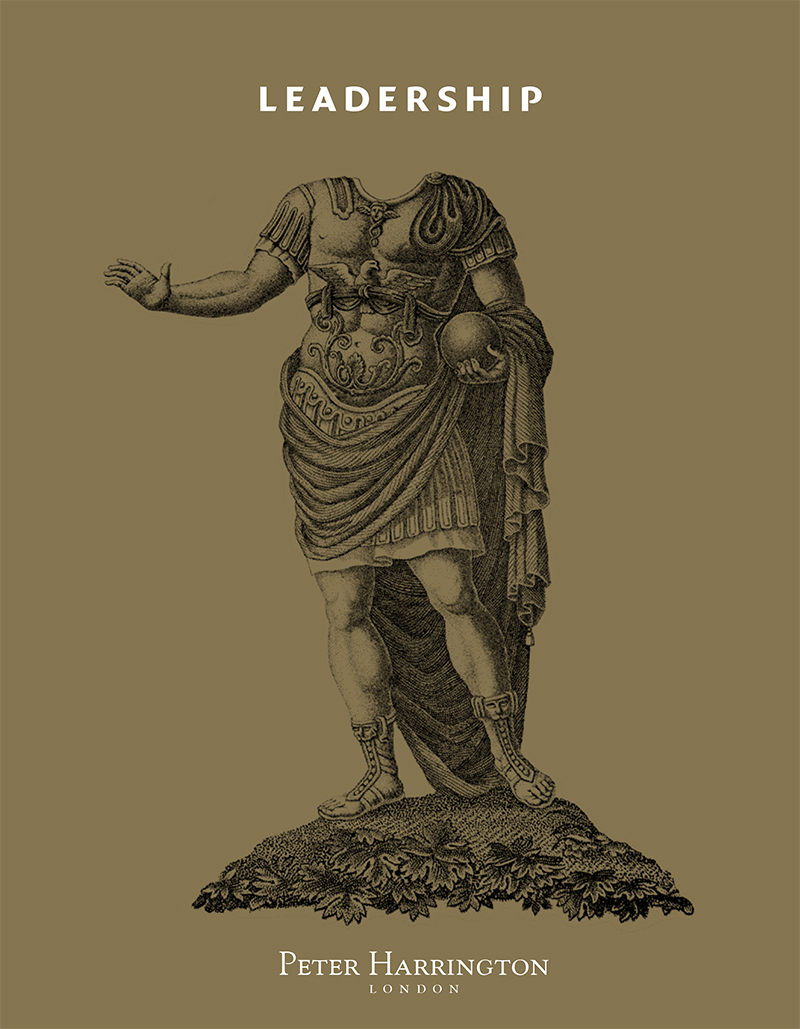
Recent Comments